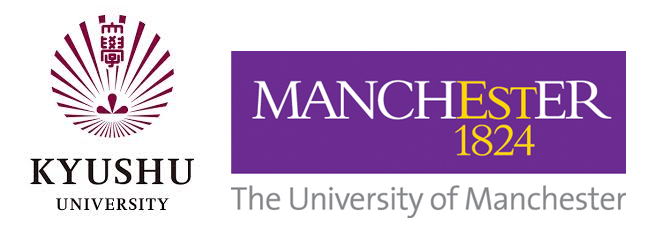I have often blogged about the aftereffects of the March 2011 Fukushima nuclear disaster in Japan. When the Fukushima reactors melted down and exploded, a great deal of radioactive materials was thrown into the atmosphere to rain down on Fukushima. Now scientists are saying that a new method of measuring radioactive contamination shows that there was a “significant” distribution of radioactive particles during the disaster which could cause long term health problems it they were inhaled.
The new method of measuring radioactive contamination in soil permitted the researched to easily and quickly count the number of cesium-rich micro-particles in Fukushima soil. They were then able to quantify the amount of radioactivity emitted by these particles. The research was carried out by scientists from Kyushu University, Japan, and The University of Manchester, UK. It was published in the journal Environmental Science and Technology.
Immediately after the nuclear disaster, it was assumed that only volatile, gaseous radionuclides such as cesium and iodine were released from the reactors at the nuclear power plant. In recent years, however, it has become obvious that small radioactive particles called cesium-rich micro-particles were also released. Studies have shown that these particles are composed mostly of glass, but they contain “significant” amounts of radioactive cesium. These particles also contain smaller amounts of other radioisotopes including uranium and technetium. The actual abundance of these micro-particles in the soil and sediments of Japan is not well understood. These particles are very small and they are not easily dissolved. This means that they could be long-term health risks to any human being who inhales them.
In order to improve understanding of the nature and prevalence of these micro-particles, it has been necessary to develop new methods of detection and measurement. A technique called Autoradiography that is used in Radiochemistry laboratories was chosen. In this procedure, a sample of soil is covered by plastic wrap and then an imaging plate is placed on top of the sample. The radioactive decay in the soil sample leaves traces on the plate which are then input into a computer. The scientists claim that it is possible to differentiate between the cesium-rich micro-particles and other types of cesium contamination in the soil.
Soil samples were obtained from rice paddies at different locations around the Fukushima prefecture. The distance of the soil sampling sites from the Fukushima nuclear power plant varied between about two and a half miles and twenty-six miles. All of the samples contained the cesium-rich micro-particles and they were more abundant that originally assumed.
The lead author of the study said "when we first started to find cesium-rich micro-particles in Fukushima soil samples, we thought they would turn out to be relatively rare. Now, using this method, we find there are lots of cesium-rich microparticles in exclusion zone soils and also in the soils collected from outside of the exclusion zone”. He added that “we hope that our method will allow scientists to quickly measure the abundance of cesium-rich micro-particles at other locations and estimate the amount of cesium radioactivity associated with the particles. This information can then inform cost effective, safe management and clean-up of soils contaminated by the nuclear accident”.
Another one of the authors of the study said, “This particle form of cesium behaves differently to the other, more soluble forms of cesium in the environment. We now need to push forward and better understand if cesium micro-particles are abundant throughout not only the exclusion zone, but also elsewhere in the Fukushima prefecture; then we can start to gauge their impact”.
